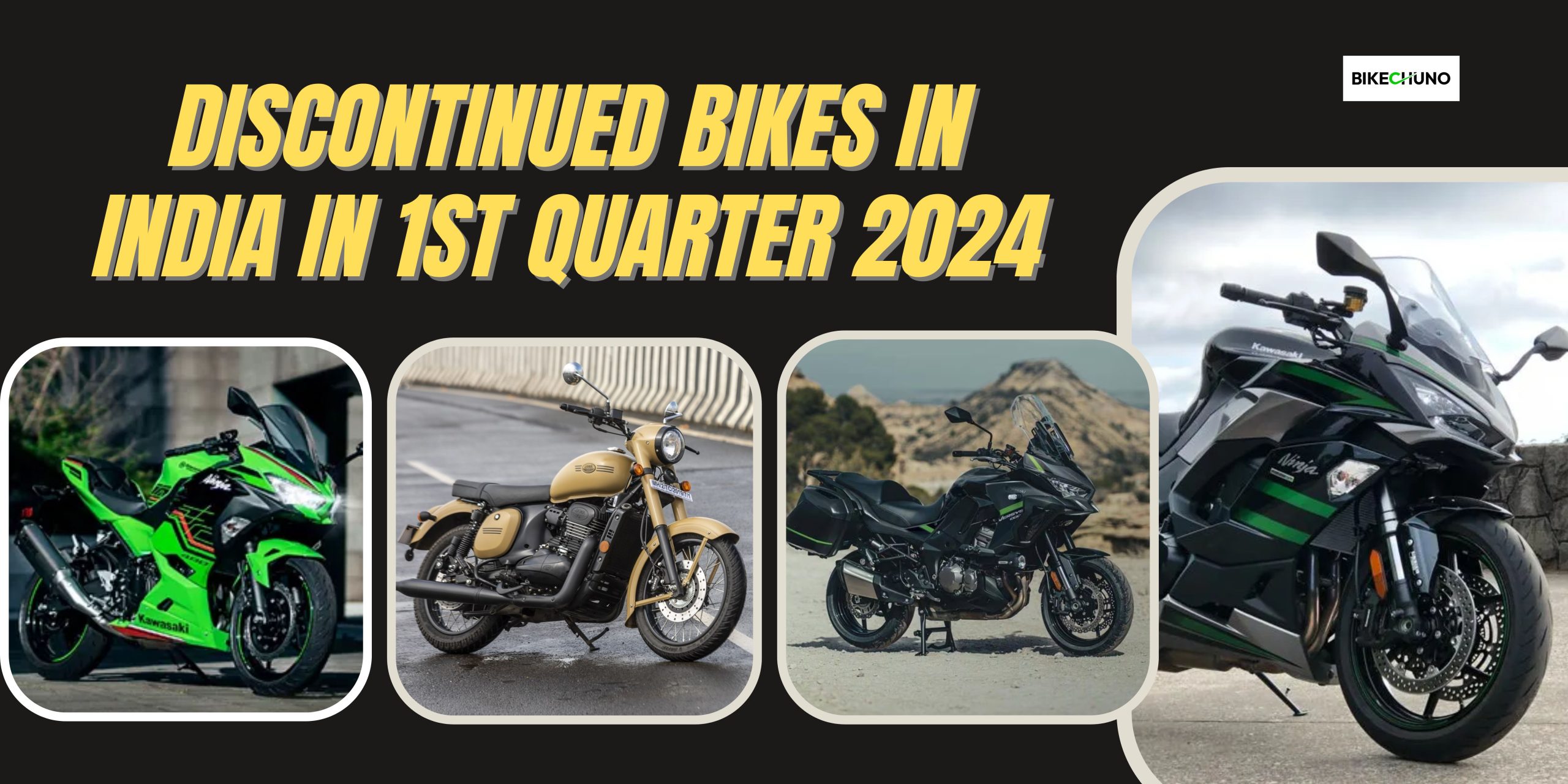First off, traction control systems are usually seen in automobiles. This safety feature is currently in its early stages of development for motorcycles. Only high-end motorcycles are equipped with traction control. On the other hand, low-end motorcycles are slowly but surely adopting it. It does so because it provides more safety and control.
Introduction To Traction Control
Typically, a motorcycle’s traction control system stops it from drifting. It does this by managing the power sent to the back wheel. As a result, it only regulates the rotational speed of the back wheel. It significantly reduces the likelihood of wandering.
Motorcycle traction control is divided into two groups. Reactive is the first type, while predictive is the second. Even the categories’ names imply that they are effective. When using traction control on a bike, the system’s various parts wait for the wheel to spin before making adjustments.
The ECU and numerous sensors read the data in real-time and make adjustments in the predictive mode of bike traction control before the wheel spins. The system continually evaluates the likelihood. It also reacts quickly to prevent the motorcycle from drifting.
The system makes use of several sophisticated sensor types and ECU operations. This prevents the wheel from slipping, though. A bank angle sensor, gyroscope, throttle position sensor, gear position sensor, and vehicle speed sensor are a few of the sensors used.
Many manufacturers combine these elements in different ways to provide smooth traction control. Additionally, some of these systems are so effective that the rider won’t even be aware that traction control is operating. As a result, the rider maintains control even when making off-road turns.
Working Model Of Traction Control
ECUs gather a lot of data today, including lean angles and gravitational forces. Within a few milliseconds, the system analyses all of this data. Additionally, several sensors are constantly updating the motorcycle’s raw position data.
This information is used by the traction control bike to regulate the amount of power sent to the back wheel. It only needs to cut off the gasoline supply to the engine to misfire one or more cylinders. Although this traction control technique is not smooth, it works well on race circuits since it has more control over power delivery.
Second, you can do this by using current ride-by-wire technology. This involves the system electrically adjusting the throttle position. As a result, even at higher revs, this system limits the power output and can also prevent human error. Several pre-set riding modes further restrict the throttle response.
Motorcycle Traction Control With Riding Modes
The riding modes are:
- Rain (maximum grip).
- Sports (a few drifts with some amounts of slippage).
- Street (smooth cruising at controllable speeds).
Additionally, some manufacturers, like KTM, are creating an entirely new riding mode called off-road. In this mode, you will experience a deeper slide with a better but more controlled drift. Riding in off-road conditions will be more enjoyable than ever.
CONCLUSION
The motorbike traction control system combines all of the mechanisms mentioned above. Although you have more control over the motorcycle, the riding sensation and experience are equally significant. As producers make these products to your needs, you can rely on them. You should, however, continue to hone your riding abilities.




